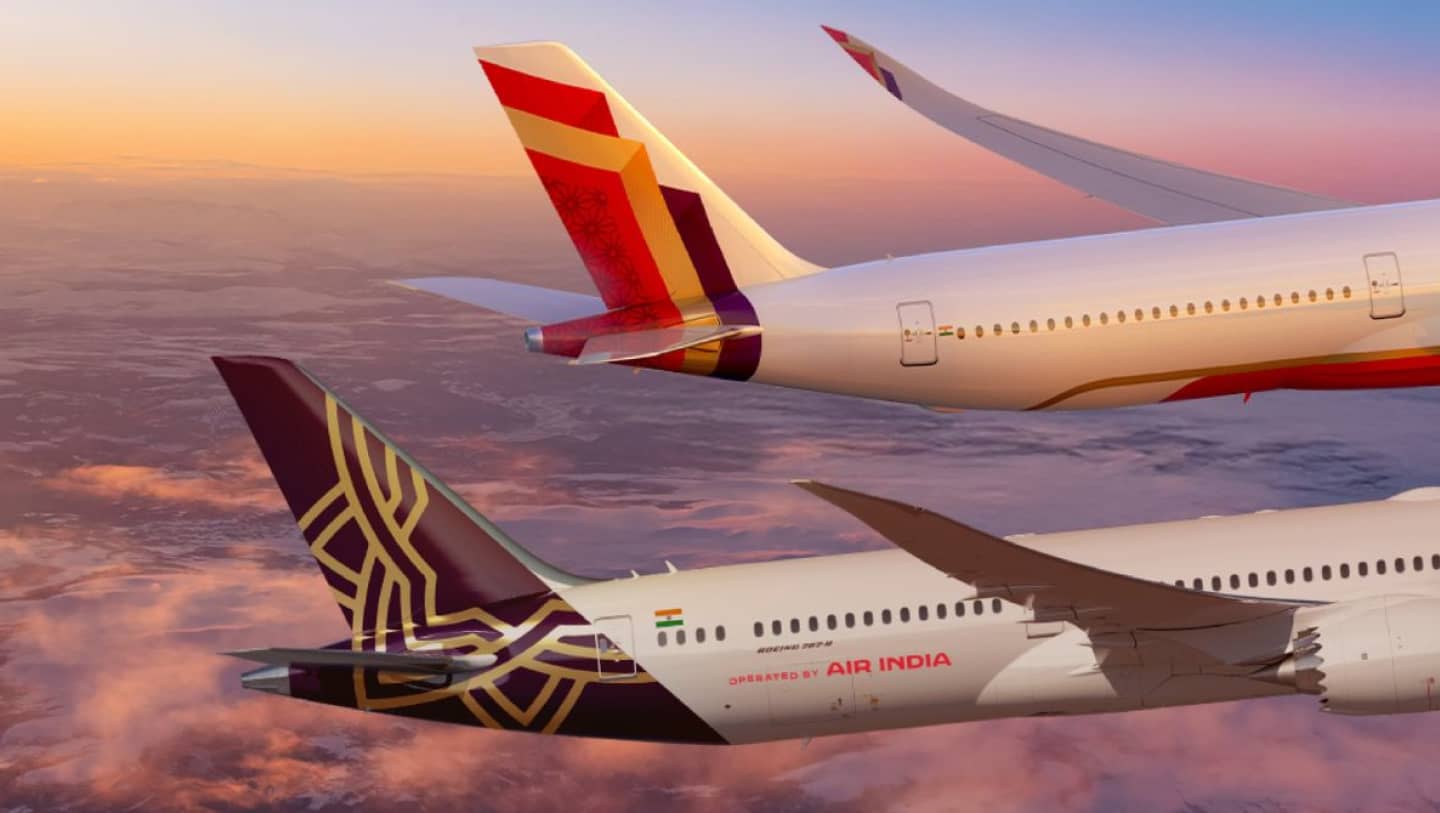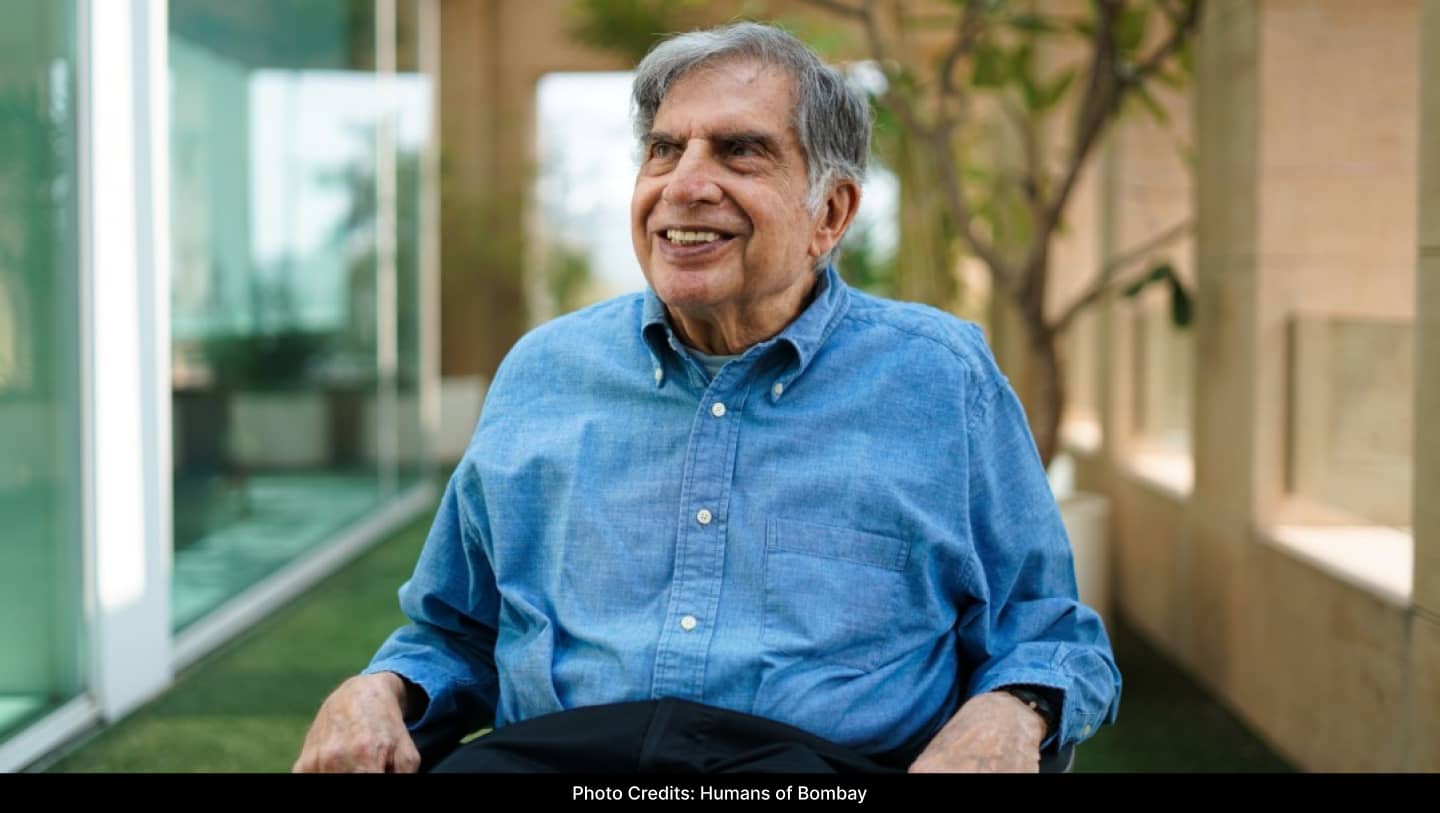Air India plans to double the share of international transit traffic in international traffic from the current 4% to around 10% within 5-10 years as part of its strategy to make India’s three major airports – Delhi, Mumbai and Bengaluru – key transit hubs. nodes, executive director of business and transformation Nipun Aggarwal said on Thursday.
According to aviation analytics firm Cirium, the share of transit traffic in Air India’s international traffic increased from 2.84 percent in February 2023 to 5.2 percent in February 2024.
International transit traffic refers to passengers passing through a country on their way to a final destination in another country.
Air India is the largest full-service carrier in the overseas market to and from India. According to Directorate General of Civil Aviation (DGCA) data, the airline has an independent market share of around 13% in the international market to and from India with over 8.1 million passengers for 2023.
Also Read
- MrBeast becomes most subscribed YouTuber, overtakes T-Series
- Anant Ambani’s Vantara Pledges to Plant 1M Trees Annually
The number of international passengers on Indian carriers passing through India’s six major airports — Delhi, Mumbai, Kolkata, Chennai, Bengaluru and Hyderabad — rose 97.09 percent (year-on-year) to 68,305 in February, according to data reviewed by Cirium Business Standard.
Air India, formerly the state-owned airline for 69 years, was reacquired by the Tata Group as part of a government-led strategic disinvestment program in January 2022. Later that year, the Tata Group announced a merger between Air India and Vistara. Vistara is currently a 51:49 joint venture between Tata Sons and Singapore Airlines and commenced operations in 2015. After the merger, Singapore Airlines will hold a 25.1% stake in the combined entity.
As part of the long-term plan, the airline also placed an order for 470 aircraft in February 2023, including 70 wide-body aircraft. With deliveries of wide-body aircraft that have started with the Airbus A350, it plans to provide non-stop long-haul connectivity to metro cities in India with potential hubs in Delhi, Mumbai and Bengaluru.
Dhaka, Kathmandu, Colombo, Bangkok, Singapore and Dubai are the top six final destinations for these transit passengers.




